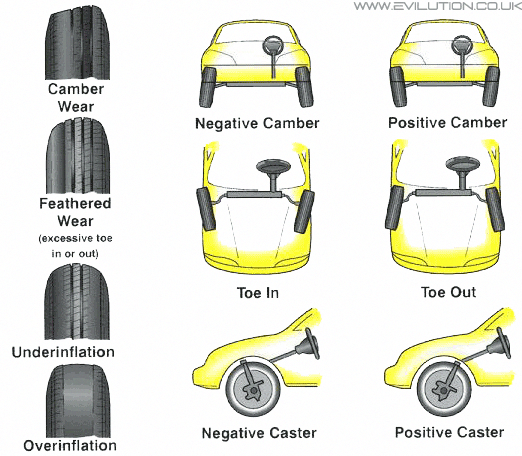Updated on
If you are having trouble with uneven tire wear and poor handling, a simple solution is adjusting the camber. Adjusting the camber on your wheels improves the vehicle’s handling and performance.
Do you know how to adjust the camber? To adjust the camber, loosen the bolts connecting the suspension components to the frame. Then, adjust the camber to the desired angle and tighten the bolts. It is essential to use a camber gauge to ensure that the camber is adjusted correctly.
In this article, we’ll explain the basics of camber adjustment and provide step-by-step instructions on how to adjust your car’s camber. Read on to find out more!
Step-by-Step Guide On How To Adjust The CamberTypically, adjusting the camber of a car necessitates the use of specialized tools and equipment. In addition, you need a comprehensive grasp of the suspension and steering systems. Here are the fundamental steps for adjusting your car’s camber.
The initial step in adjusting the camber is to measure the present wheel angle. This can be done using two camber gauges; the digital camber gauge and the spirit level camber gauge.
However, the main difference between the two gauges is that the digital gauge is more modern and accurate. Unlike the spirit level gauge, a digital gauge can be used even on uneven ground.
Also, before accurately measuring the wheel camber, the digital gauge can be calibrated to the angle of the ground. On the other hand, the spirit level gauge needs no calibration and costs way less than the digital gauge.
To measure the camber, ensure the wheels are pointing forward and that the car is parked on level ground. Adjust each of the gauge’s arms in such a way that the device’s center directly faces the hub’s center.
Now, you can measure the current camber.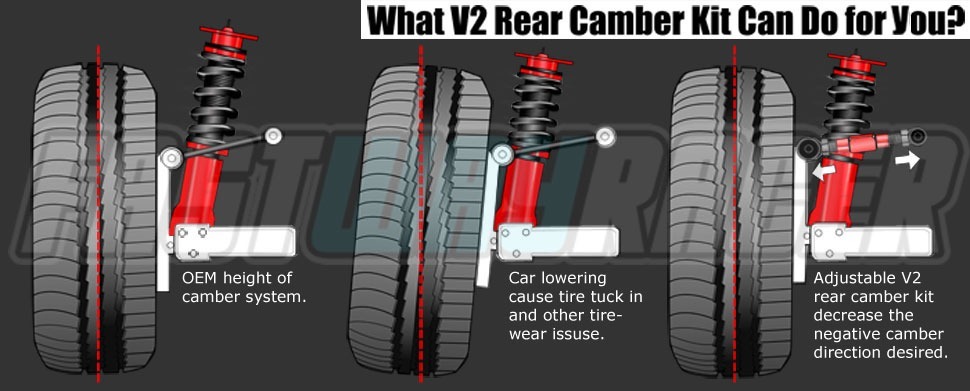 Check if your desired camber is in line with the manufacturer’s requirements of how far the camber adjustment should be. Suppose it is; go to step 2.
Check if your desired camber is in line with the manufacturer’s requirements of how far the camber adjustment should be. Suppose it is; go to step 2.
This will be determined by the type of driving you to undertake and the vehicle you own. A racing automobile, for example, may require a more negative camber angle for superior handling. At the same time, a family car may benefit from a more positive camber angle for a softer ride.
Step 3: Remove the TireRemove the tire to get the suspension components to perform a camber adjustment. Follow the sequence to do that.
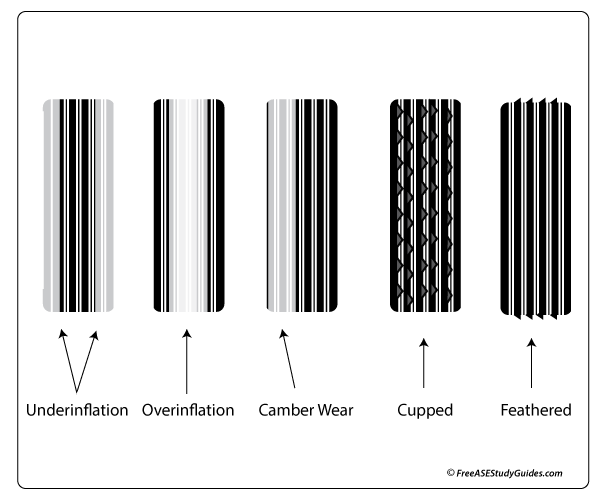 In our case, the shim adjusts the fit between the control arm and the tire
In our case, the shim adjusts the fit between the control arm and the tireYou will need to adjust the suspension to get positive camber. This step only applies to those who want positive camber for their cars. Here is what you need to do.
 It is important to torque the bolts to the correct specification to ensure proper suspension alignment
It is important to torque the bolts to the correct specification to ensure proper suspension alignmentNegative camber causes the wheels to slant inward at the top. To set it, do the following:
 Make sure to twist them according to the manufacturer’s recommendations
Make sure to twist them according to the manufacturer’s recommendationsCamber becomes necessary in case of the following reasons;
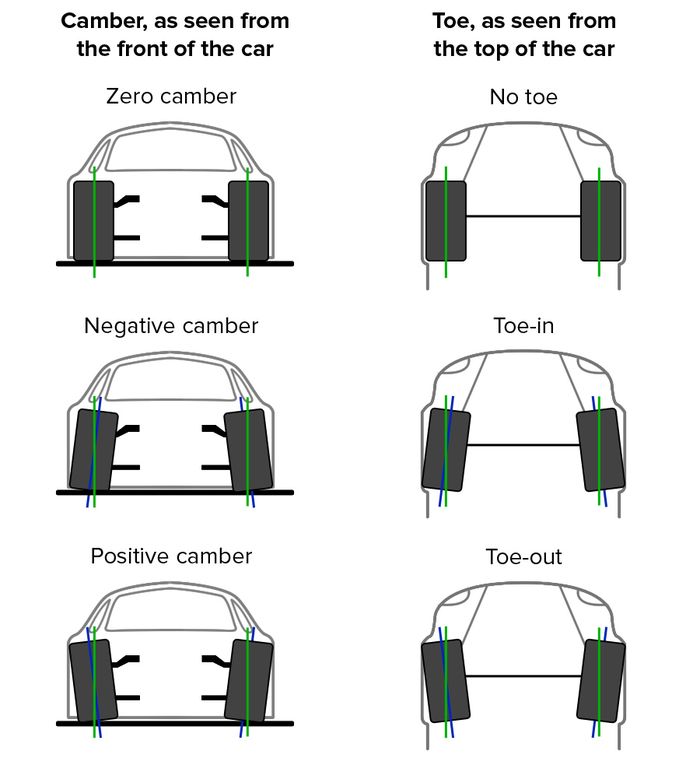
Camber has advantages and disadvantages, which you should be aware of before making any changes to your vehicle’s suspension.
Advantages of Camber
Here are other related questions regarding the camber adjustment.
Q: How much does it cost to have the camber adjusted?
The cost of camber adjustment varies depending on the vehicle type and the required adjustment, but it typically ranges from $50 to $200.
Q: Is it a must for all wheels to have the same camber?
No, all wheels do not have to have the same camber. However, the camber should be the same on both sides of the vehicle. This keeps the tires parallel to the ground and allows for even wear and contact with the road surface.
ConclusionNow you know how to adjust the camber and when it is necessary. You can now adjust your camber by following the steps outlined in this article. Camber adjustment is vital in maintaining a vehicle’s proper alignment and handling.
It entails measuring the angle of the wheels and adjusting the suspension to ensure they are correctly angled to the ground. Note that adjusting camber can significantly impact a vehicle’s overall handling and performance.
So it is critical to follow the manufacturer’s recommendations and take the necessary precautions when making adjustments.
Filed Under: Mechanic Tips
I am a Mechanical Engineer and an Automotive Engineer with over 12 years of experience in the automotive industry. I have worked for in-tech Automotive Engineering, LLC for six years.
I am responsible for designing and developing new products, processes, materials, and technologies that can be used to improve the safety and performance of vehicles. I also work on improving the efficiency of manufacturing processes as well as reducing costs.
I enjoy reading about automobiles, motorcycles, and other transportation systems to explore new ideas that can be applied to my work.
LinkedIn
Proper alignment goes a long way, whether you’re getting behind the wheel of a family sedan or a 4x4. When the camber, caster, and toe are properly aligned to your vehicle’s specifications, your vehicle’s tires meet the road exactly as intended.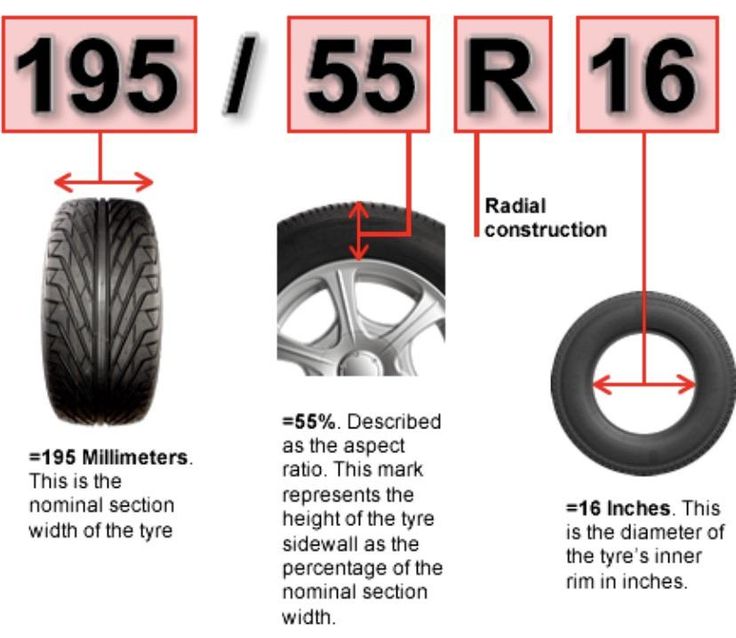 But when any of the three are out of alignment, it can affect your driving safety, including gas mileage and tire wear. Let’s take a look at camber, caster, and toe and what each of these alignment settings means for your trips across town and overall safety.
But when any of the three are out of alignment, it can affect your driving safety, including gas mileage and tire wear. Let’s take a look at camber, caster, and toe and what each of these alignment settings means for your trips across town and overall safety.
The Camber is the inward and outward tilt of the tire and wheel assembly (viewed from the front of the vehicle). Each manufacturer sets a specific camber alignment for every vehicle it produces, which might be either positive, negative, or zero (0º).
When the camber is at the correct angle, the tire and wheel will roll straight. However, the camber can go out of alignment over time. When the top of the tire is leaning inward (toward the vehicle), it is a negative camber. Positive camber has the top of the tire tilting outward (away from the vehicle).
Cornering performance is directly related to your vehicle's camber angle.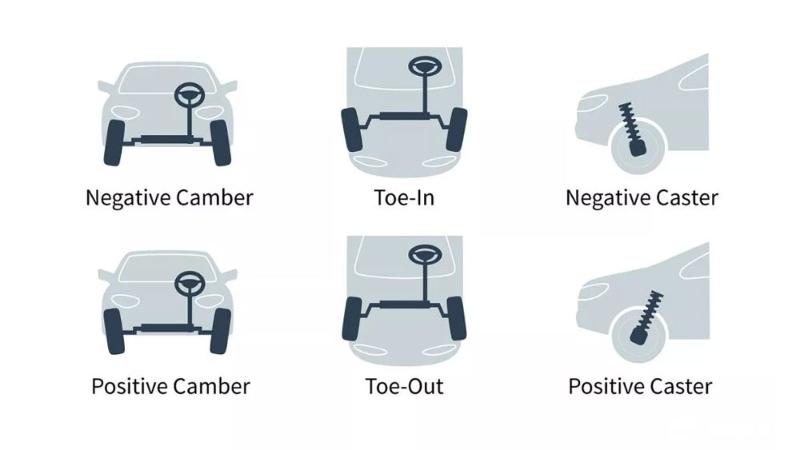 However, the optimal camber angle varies depending on the vehicle you drive as well as manufacturer specifications for handling and tire wear. When the camber angle falls out of the intended range, your vehicle may not handle as the automaker intended. This can cause potential safety issues. It can also cause excessive tire wear, costing you money.
However, the optimal camber angle varies depending on the vehicle you drive as well as manufacturer specifications for handling and tire wear. When the camber angle falls out of the intended range, your vehicle may not handle as the automaker intended. This can cause potential safety issues. It can also cause excessive tire wear, costing you money.
NEGATIVE CAMBER
ZERO DEGREES = WHEEL IS VERTICAL
POSITIVE CAMBER
When the toe is properly calibrated, all four tire/wheel assemblies will be pointing in the same, forward direction. The goal is to achieve a zero toe. A slightly positive or negative toe may be okay, depending on manufacturer specifications. A properly aligned toe leads to less friction between your tires and the road, and a smoother, safer ride.
A toe that is out of alignment can cause excessive tire wear, stress on other parts of your vehicle, and less fuel efficiency. It can also reduce your safety on the road. Why? Because tires and wheel assemblies that are facing away from each other (toe-out) or toward each other (toe-in), are slightly skidding on the road surface.
It can also reduce your safety on the road. Why? Because tires and wheel assemblies that are facing away from each other (toe-out) or toward each other (toe-in), are slightly skidding on the road surface.
NEGATIVE = TOE OUT
ZERO TOE
POSITIVE = TOE IN
After looking at your vehicle’s camber and toe, we also inspect the caster. When you come to Les Schwab, we’ll check the caster angle in your vehicle alignment, and adjust it to match manufacturer specifications on vehicles that require it. Additionally, we’ll take a look at your vehicle’s thrust angle (a measurement to ensure the frame or subframe of the vehicle are in line with the wheels).
Most modern vehicles run a certain amount of positive caster with the steering axis tilted rearward toward the driver.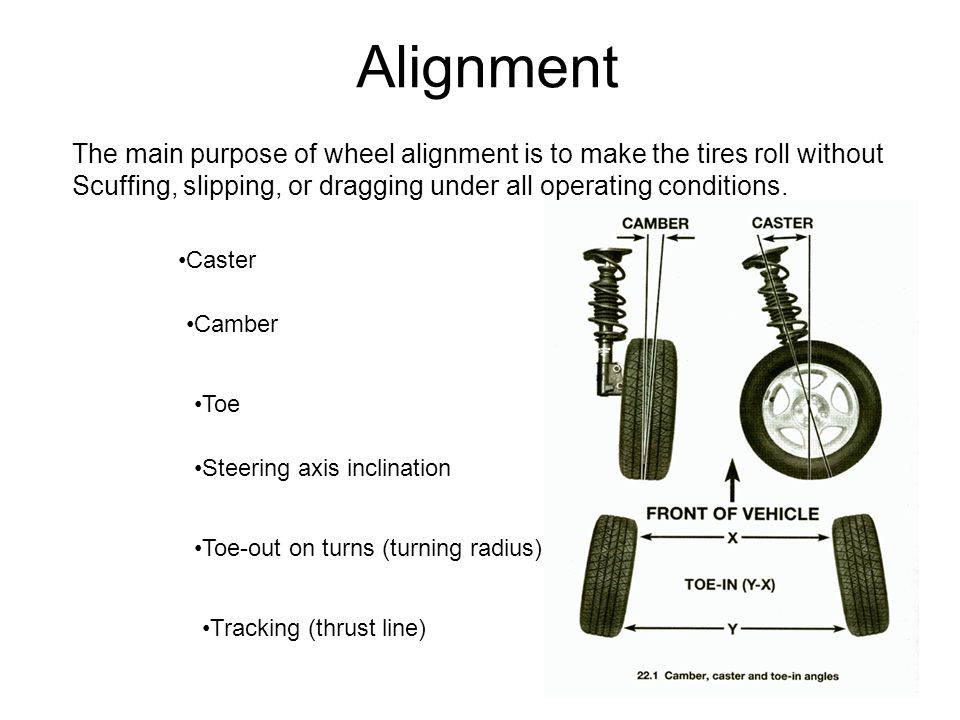 The steering axis is the imaginary vertical line that runs through the center of the tire and wheel assembly from the ground toward the steering wheel or away from it. (A Negative caster has an axis tilted toward the front of the vehicle. A zero or neutral caster has a steering axis line that is straight up and down. And if the axis is tilted toward the driver, it is a positive caster.) While caster doesn’t affect tire wear like camber, it does have an impact on steering and handling.
The steering axis is the imaginary vertical line that runs through the center of the tire and wheel assembly from the ground toward the steering wheel or away from it. (A Negative caster has an axis tilted toward the front of the vehicle. A zero or neutral caster has a steering axis line that is straight up and down. And if the axis is tilted toward the driver, it is a positive caster.) While caster doesn’t affect tire wear like camber, it does have an impact on steering and handling.
Overall, the caster is the negative, neutral, or positive slope of your steering axis. To give you the best handling, rarely will vehicle specifications call for a negative or zero caster. Specific caster angles for the year, make, and model of your vehicle have been established to ensure your safety. Les Schwab has the expertise to get yours done right the first time.
NEGATIVE CASTER = STEERING AXIS TILTED FORWARD
POSITIVE CASTER = STEERING AXIS TILTED REARWARD
At Les Schwab, we’re here to help you get the most out of your tires.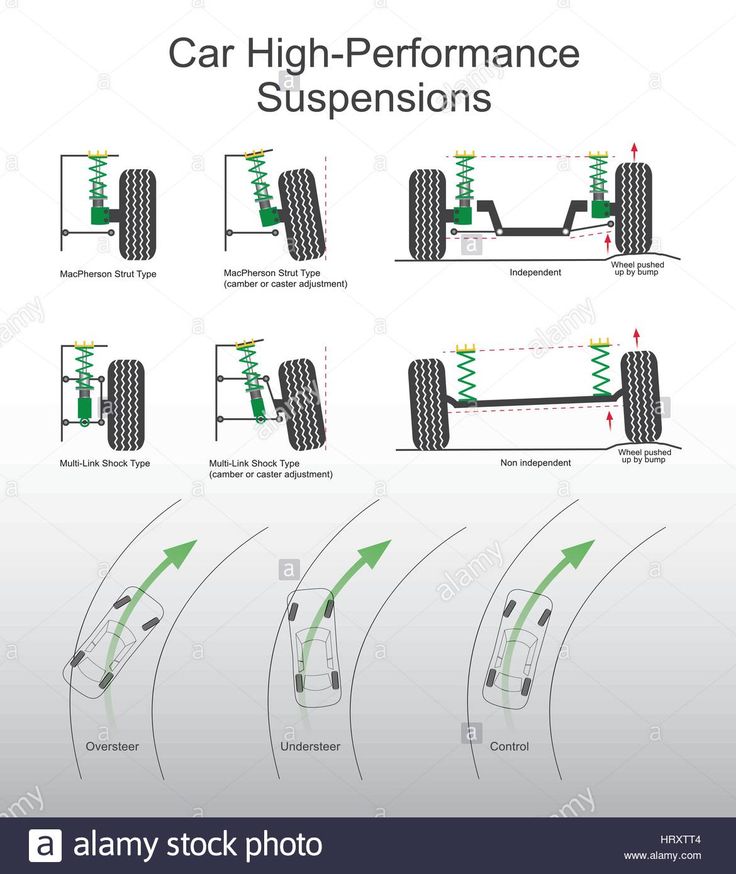 That includes a full alignment with every set of new tires you buy, because good alignment can add up to long tire life. If you haven’t had your alignment checked in a while, or you suspect an issue, stop by any of our stores. Our experts will get your camber, caster, and toe back within your manufacturer’s specifications for prolonged tire life, improved safety and handling, and increased fuel economy.
That includes a full alignment with every set of new tires you buy, because good alignment can add up to long tire life. If you haven’t had your alignment checked in a while, or you suspect an issue, stop by any of our stores. Our experts will get your camber, caster, and toe back within your manufacturer’s specifications for prolonged tire life, improved safety and handling, and increased fuel economy.
Schedule An Alignment
Any tires wear out. And winter, and summer, and all-weather. Both expensive and cheap. Another thing is that wear can be naturally uniform and premature uneven. Why this happens - see the video or read the article.
If there are no spots or notches on the tire, and only the outer edges of the front wheels have worn a little more than the rest of the tread elements, everything is in order. You are a careful and thrifty driver, and the car's suspension is in good working order. Continue driving and keep an eye on the remaining tread depth on the gauges.
You are a careful and thrifty driver, and the car's suspension is in good working order. Continue driving and keep an eye on the remaining tread depth on the gauges.
A balding tread in front of the eyes most often does not indicate poor tire quality, but about vehicle malfunctions or an overly active driving style.
If wear appears on the side parts of the tread, this indicates insufficient tire pressure: the central part of the tread seems to flex and has less contact with the road.
If wear is more intense in the central part of the tread, this indicates excessive pressure: the tire tends to take on the shape of a hemisphere and begins to lean more on the central part.
In both cases, look at the recommended tire pressure sticker and then either deflate or inflate the tires.
This sticker is usually located on the driver's door pillar or inside the gas cap.
Focal, or so-called spotty, wear indicates the aggressive driving style of the owner - sudden braking and slip starts. Perhaps it is worth moderating the driver's ardor, as a result of which the tires will last much longer.
Perhaps it is worth moderating the driver's ardor, as a result of which the tires will last much longer.
Wavy wear on the tread surface can indicate play in the wheel bearings or front suspension pivots. Even such a car may have faulty shock absorbers, as well as the tire itself or the rim of the rim is bent.
However, for the most part, almost all problems with uneven wheel baldness are solved by adjusting the geometry of the wheels. It is also called collapse-convergence.
Camber is the angle between the vertical and the plane of rotation of the wheel. Negative camber is considered if the upper part of the wheels are tilted inward. Positive if the top is honored outward. When the inner grooves of the tread wear at right angles, the vehicle is likely to have significant negative camber.
Toe is the angle between the direction of travel and the plane of wheel rotation.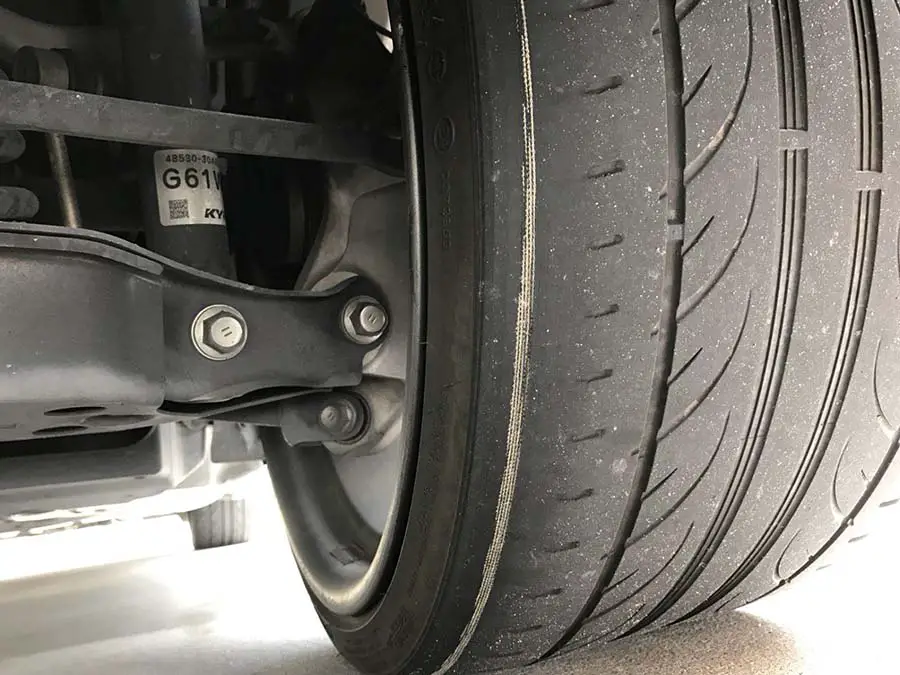 Positive convergence is called if the wheels are turned inward, negative - if outward. Increased wear of the outer tracks of the tread indicates a positive convergence of the wheels. With increased wear of the inner tracks of the tread, there is a negative convergence of the wheels.
Positive convergence is called if the wheels are turned inward, negative - if outward. Increased wear of the outer tracks of the tread indicates a positive convergence of the wheels. With increased wear of the inner tracks of the tread, there is a negative convergence of the wheels.
The required wheel alignment parameters are set by each manufacturer for each car model individually.
In addition to increased and uneven tire wear, a call for the need to adjust the geometry of the wheels can be:
All these nuances lead to increased fatigue when driving, as well as to wear of suspension and steering parts.
Mandatory after suspension or steering repairs. Also after strong wheel strikes against an obstacle or after an accident. The Avtoset company recommends checking the alignment annually or every 15-20 thousand kilometers and when buying a used car.
Also after strong wheel strikes against an obstacle or after an accident. The Avtoset company recommends checking the alignment annually or every 15-20 thousand kilometers and when buying a used car.
This can be done at the Avtoset service centers at the modern high-tech stand Techno Vector 7. Addresses of the centers:
Service registration online: autoset.by/service.
The material was prepared by Avtoset, the leader of the tire market in Belarus according to the International Agency MASMI Research Group for 2017.
Go to the site autoset.by to buy tires at a discount and free delivery throughout Belarus:
Join us on Instagram, Facebook, VKontakte or Odnoklassniki to stay up to date with news, contests, discounts and promotions. More interesting information about tires and cars - on our YouTube channel.
When they say wheel alignment (or wheel alignment ) they mean wheel alignment. Let's try to figure out what exactly is regulated, which angles and why is it needed?
If literally translated from English, then wheel alignment is wheel alignment ( wheel alignments ).
Why is it necessary to pass at least once a year wheel alignment ?
First of all, the position of the wheels affects the handling of the car. If the car drives smoothly and adequately responds to the actions of the driver, this is the key to safe driving.
This is your life and health, as well as the life and health of other road users.
Incorrect wheel alignment (camber, toe, caster, and stop angle) is the main cause of premature tire wear. Properly performed camber adjustment can significantly increase tire life.
Properly performed camber adjustment can significantly increase tire life.
Alignment is the inspection and adjustment of suspension systems that can detect dangerous damage and wear in time before it leads to serious problems.
Have you noticed that the car always pulls in one direction? Did you feel a strange vibration in the steering wheel? Do you have to steer all the time to keep the car going straight? Wheel alignment can eliminate many of these disadvantages of machine control. When all components of the suspension system are properly adjusted, the vehicle performs well on the road and rides noticeably better.
Incorrect wheel alignment can cause additional resistance while driving. Properly executed camber results in the fact that all 4 wheels are in parallel, and this minimizes rolling resistance. Fuel consumption on the highway is reduced.
In a nutshell, the wheel alignment consists of adjusting the wheel alignment so that they are perpendicular to the ground and parallel to each other.
The purpose of these adjustments is to increase the life of the tires and the vehicle, to maintain the correct trajectory of the vehicle on the road when driving in a straight line and when performing maneuvers. During the camber-convergence, four wheel position angles are checked and adjusted: caster ( caster ), camber ( camber ), toe ( toe ) and axle position (thrust angle) ( thrust ). Let's consider each element separately.
Caster
Caster - the angle of inclination between the vertical and the axis of the steering column. The reverse slope is considered positive (+) and the forward slope is negative (-). Caster affects steering and has little to no effect on tire wear. By default, the caster value must be positive and is set by the manufacturer.
By default, the caster value must be positive and is set by the manufacturer.
If the caster (steering axle angle) is less than the specified value, this leads to too sensitive steering response at high speed, as well as reduced self-levelling of the steering wheel when exiting a turn. If one of the wheels is more lean than the other, then that wheel will pull towards the center of the vehicle, which can cause the vehicle to skid or the wheel to seize.
Camber
Camber is the angle of the wheels from vertical when viewed from the front of the vehicle. When the top of the wheel is tilted outward, the camber is positive (+). When the wheel is tilted inward at the top, the camber is negative (-). The degree of tilt is measured in degrees from the vertical.
Deviation from the vertical affects the trajectory and tire wear. Positive camber leads to premature wear on the outside of the tire, negative camber leads to wear on the inside of the tire. Even a slight deviation from the vertical can lead to excessive wear of the suspension parts. Uneven camber on the left and right side causes the car to drag in the direction where the camber angle is greater.
Even a slight deviation from the vertical can lead to excessive wear of the suspension parts. Uneven camber on the left and right side causes the car to drag in the direction where the camber angle is greater.
Toe
Toe (or toe) is a measure of how far the wheels are turned relative to the straight position. When the wheels are turned in, the toe is positive (+), when the wheels are turned out, the toe is negative (-).
The purpose of the toe adjustment is to make the wheels roll parallel. Toe-in adjustment also serves to compensate for small suspension misalignments that occur when the vehicle rolls forward. In other words, by default, when the car is stationary, the wheels are set with a slight toe-in, and when the car starts moving, the wheels are aligned and become parallel. Incorrect toe adjustment causes premature tire wear and steering instability.
Thrust Angle
The essence of adjusting the rear axle position (traction angle) is to put all 4 wheels parallel to each other. (See picture). If the line perpendicular to the rear axle deviates from the line connecting the midpoints of the front and rear axles, then:
(See picture). If the line perpendicular to the rear axle deviates from the line connecting the midpoints of the front and rear axles, then:
In the case of a non-adjustable rear suspension, this indicates that the car is most likely broken or so deformed that a major overhaul with replacement of the rear axle may be required.
In the case of an independent rear suspension - the deviation of the position of the rear axle can be adjusted by setting the correct toe angles for the rear and front wheels.
Manufacturers specify "preferred" camber angles for each vehicle model. The manufacturer also specifies the acceptable “minimum” and “maximum” camber angles.
Alignment is one of the key factors for proper vehicle operation, maintaining optimal condition of suspension components, minimizing wear, proper balance and efficient tire performance.